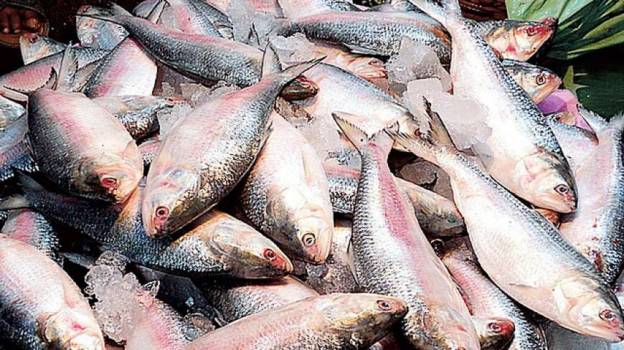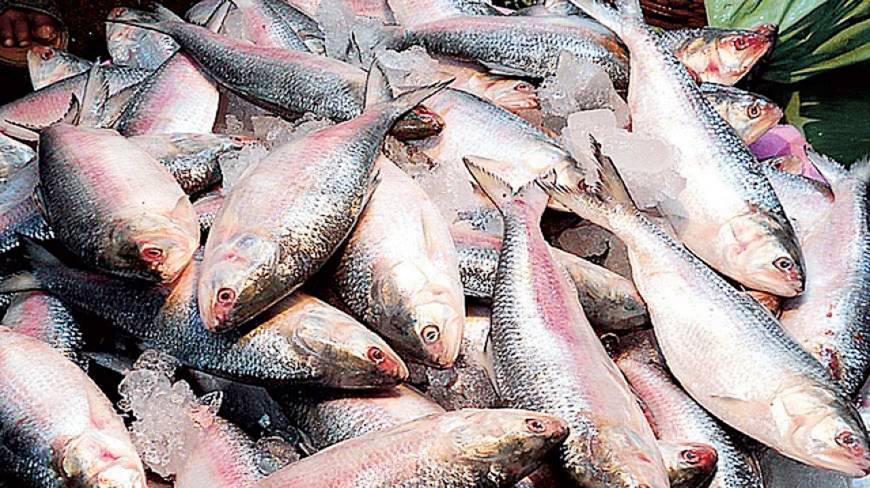In the last four and a half years, the fisheries sector has witnessed huge development and progress.
From an increase in production of fish to bringing more areas under production, Bengal has made great strides.
Similarly, the Ma, Mati, Manush government has taken several initiatives for the social security and welfare of fishermen. The fisheries sector also received investments to the tune of Rs 1000 crore.
Here are some notable achievements of the fisheries department:
Production of Fish: Number of big water bodies where fish production started has increased from 0 during 2007-2011 to 810 during 2011-2015. In order to increase production of fish during the indicated period about 1000 lakh fish fingerlings have been distributed in 33000 water bodies under various schemes
Growth in production: Nutritionally balanced floating feed have been supplied (8741.94 Ton) free of cost to 13,000 fish farmers for the first time in West Bengal with a financial involvement of Rs. 23 crore (approx) to encourage and popular use of formulated feed for growth.
Bringing more area under pisciculture: Fish fingerlings have been released in about 23000 ponds excavated under “Jal Dharo Jal Bharo” programe to cover more area under pisciculture in last four years.
Social welfare initiatives: Several social welfare schemes have been implemented in last four years for the socio-economic upliftment of fishermen community, like distribution of JAL-HUNDI: 3600 unit, DWELLING HOUSE: 13000, INSULATED BOX: 33000, CYCLE WITH BOX: 6820, MATSYAJAN: 1237, Pension @ Rs. 1000/- per month are given for 8500 old fishermen.
Safety and security for marine fishermen: The safety and security of marine fishermen have been taken by introducing biometric ID cards, distress alert transmitters.
Investment Promotion Unit and other activity: For encouraging investment in fisheries sector a dedicated cell “Investment Promotion Unit” have been set up during 2014-15. Investment proposal to the tune of Rs. 999.60 crores has already been received.
Image Source: indiamike.com




